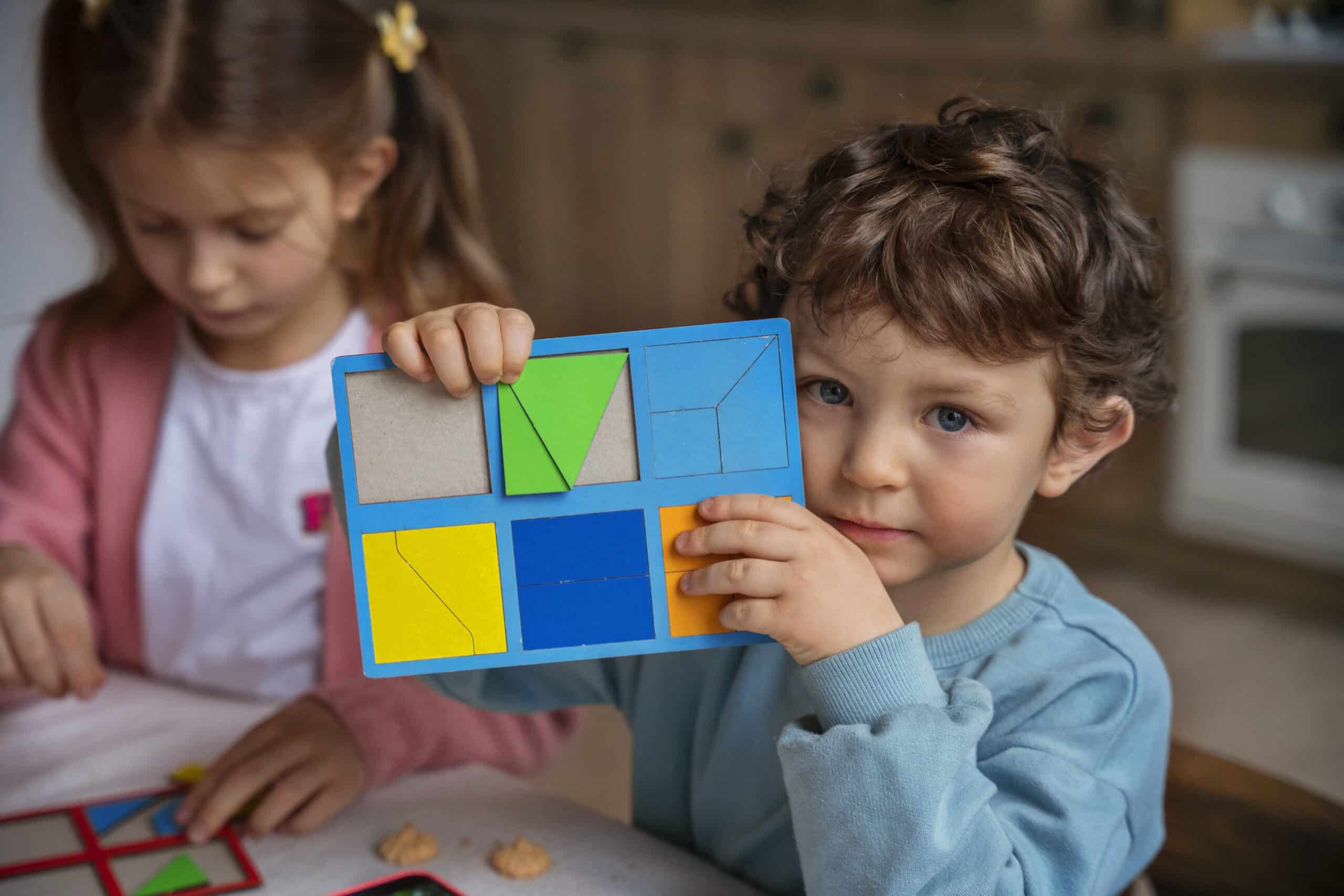Child & Teen Counselling
Issues commonly addressed in child and teen counselling:
It can be challenging to determine when your child and/or teen may need counselling. The good news is, whether it is daily functioning or serious trauma, counselling always has benefits.
- Emotional Regulation
- Fear
- Friendships and Relationships
- Grief & Loss
- Perfectionism
- Self-Esteem
- ADHD
- Sleep Problems
- Social Skills
- Suicidal Thoughts
- Self Harm
- Witnessing or Experiencing Trauma
- Abuse (Physical, Sexual, Emotional)
- Divorce
- Adjustment to New Circumstances
- Anxiety & Depression
- Body Image
- Boundaries
- Bullying
- Eating Issues
Therapeutic Play
Therapeutic Play involves the use of toys, blocks, dolls, puppets, drawings, and games to help the child recognize, identify, and verbalize feelings. The psychotherapist observes how the child uses play materials and identifies themes or patterns to understand the child’s problems. Through a combination of talk and play the child has an opportunity to better understand and manage their conflicts, feelings, and behavior.


Narrative Therapy
Narrative Therapy puts emphasis on helping people embrace being the expert on their own lives. There is an emphasis on the stories people develop and carry with them throughout their life. These stories influence how people see themselves and the world. Narrative therapists work to help clients put together their narrative in a way that allows clients to find their voice and explore events in their lives and the meanings they’ve built around those experiences. The client and therapist look at the story to identify the dominant stories and deconstruct problematic stories.
Dialectical Behaviour Therapy
Dialectical Behavior Therapy (DBT) can be used to treat older adolescents who have chronic suicidal feelings/thoughts, engage in intentionally self-harmful behaviors, or have Borderline Personality Disorder. DBT emphasizes taking responsibility for one’s problems and helps the person examine how they deal with conflict and intense negative emotions. This often involves a combination of group and individual sessions.


Cognitive Behavioural Therapy
Cognitive Behavior Therapy (CBT) helps improve a child’s moods, anxiety, and behavior by examining confused or distorted patterns of thinking. CBT therapists teach children that thoughts cause feelings and moods which can influence behavior. During CBT, a child learns to identify harmful thought patterns. The therapist then helps the child replace this thinking with thoughts that result in more appropriate feelings and behaviors. Research shows that CBT can be effective in treating a variety of conditions, including depression and anxiety. Specialized forms of CBT have also been developed to help children coping with traumatic experiences.
All change is hard at first, messy in the middle, and so gorgeous at the end.
-Robin Sharma
